Bookstore
Books on Non-Duality Published by Shanti Sadan
View Basket
Go to Checkout
NON-DUAL PRACTICE
NON-DUAL THEORY
NON-DUAL CLASSICS TRANSLATED
POETRY
JOURNAL
SPECIALIST & BACK CATALOGUE
EBOOKS
Reset
Welcome to the on-line bookstore.
If you are interested in ordering multiple items for resale or distribution within a society, discounts are available and we may be able to find optimal courier rates for the shipping. Please contact us about this.
You are welcome to contact us with any questions about the books and the teachings.
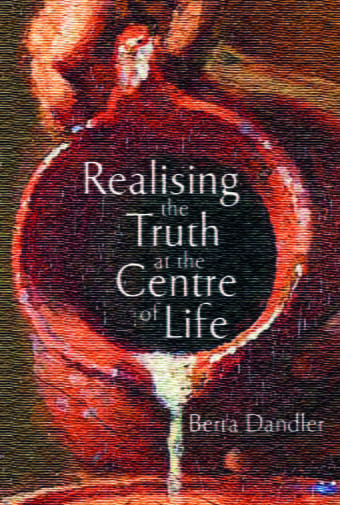
Realising the Truth at the Centre of Life
£8.00
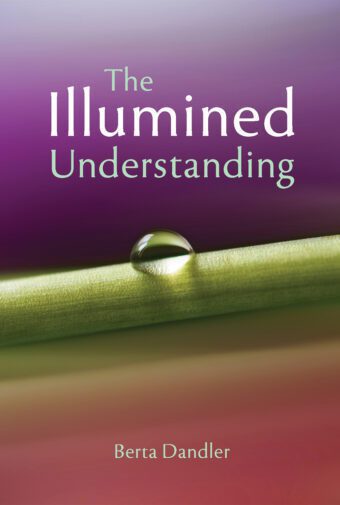
Illumined Understanding
£8.00

Meditation Its Theory and Practice, Hari Prasad Shastri
£5.00

How Can Non-duality Help Me Now?
£6.00
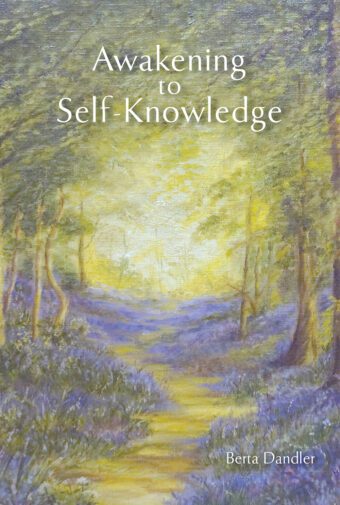
Awakening to Self-Knowledge
£8.00

Power Behind the Mind
£6.00

Teachings from the Bhagavad Gita Hari Prasad Shastri
£5.00
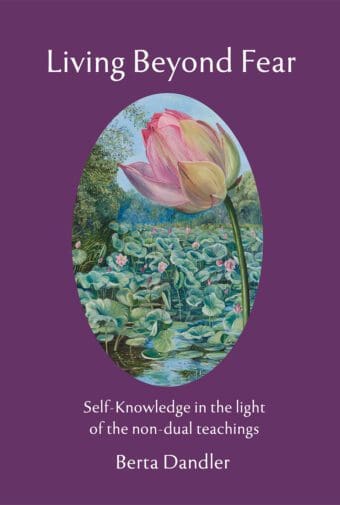
Living Beyond Fear
£8.00
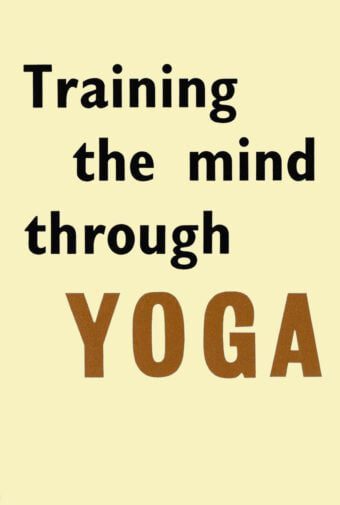
Training the Mind Through Yoga
£6.00

Vedanta Light
£2.00
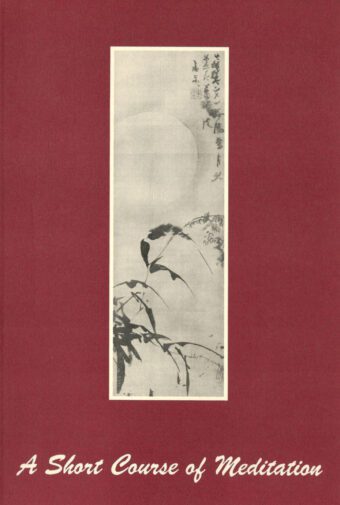
Short Course of Meditation
£6.00
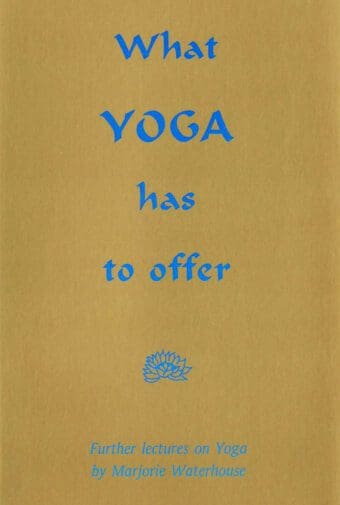
What Yoga Has to Offer
£6.00
Add to basket
=========

How Can Non-duality Help Me Now?
£6.00

Awakening to Self-Knowledge
£8.00

Power Behind the Mind
£6.00

Teachings from the Bhagavad Gita Hari Prasad Shastri
£5.00

Living Beyond Fear
£8.00

Training the Mind Through Yoga
£6.00

Vedanta Light
£2.00

Short Course of Meditation
£6.00

What Yoga Has to Offer
£6.00
Add to basket
=========
Hari Prasad Shastri
Showing 1–16 of 86 results

Meditation Its Theory and Practice
£5.00
Heart of the Eastern Mystical Teaching
£10.00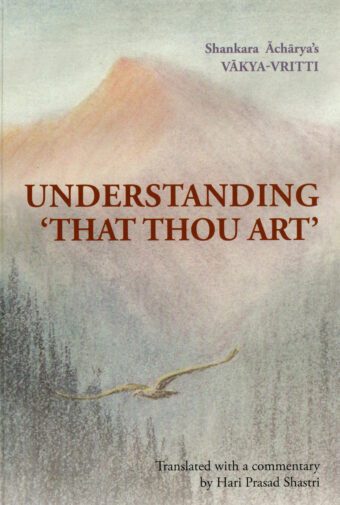
Understanding That Thou Art
£6.00
Teachings from the Bhagavad Gita
£5.00
Scientist and Mahatma
£10.00
Vedanta Light
£2.00
Meditation Its Theory and Practice – eBook
£3.99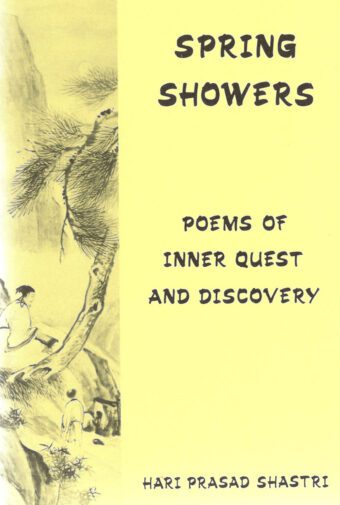
Spring Showers
£2.00
Heart of the Eastern Mystical Teaching – eBook
£6.99















 Detailed Description of Seeing God Everywhere
Detailed Description of Seeing God Everywhere








